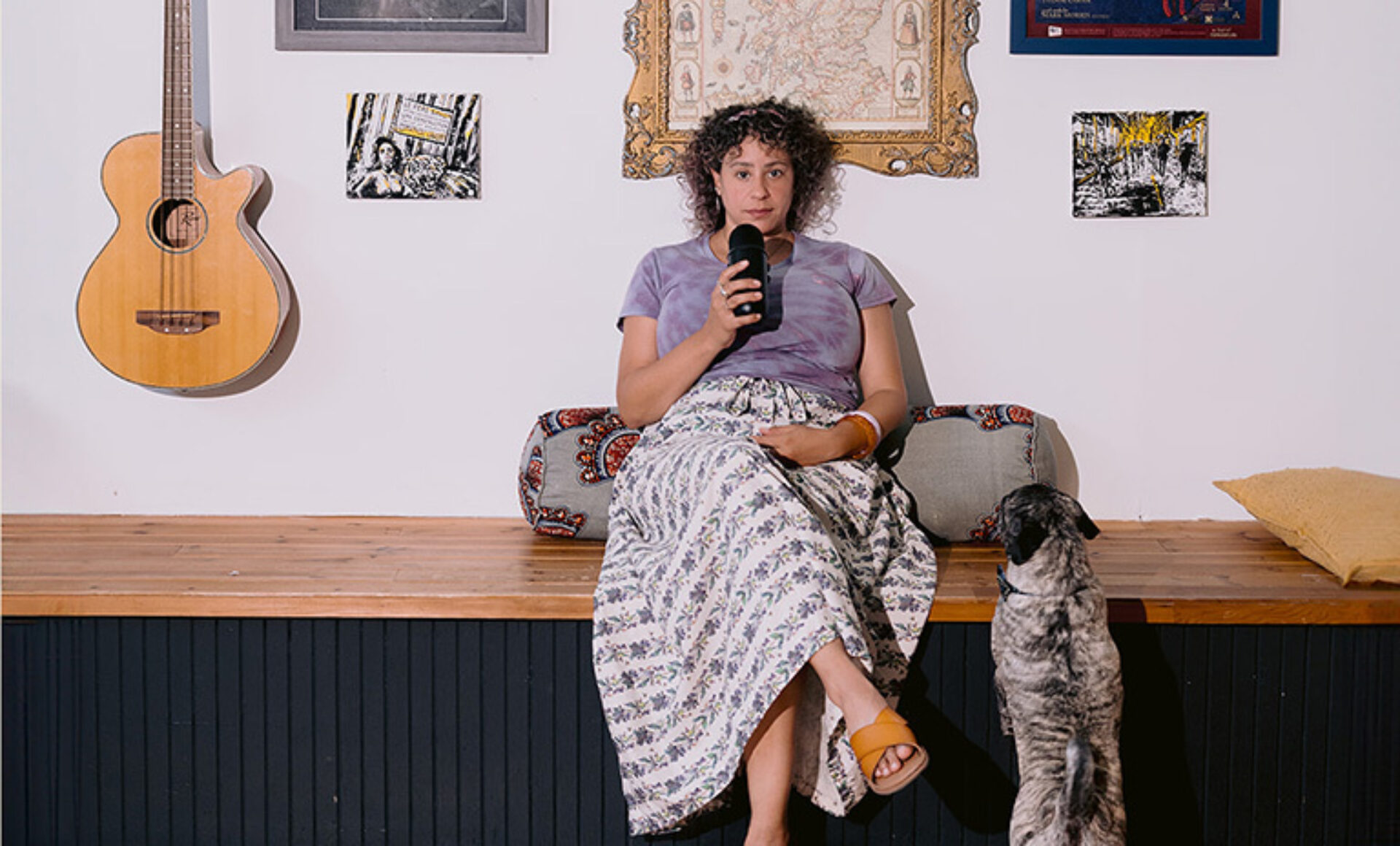Hispanic Heritage Month is an annual celebration of the rich diversity of Hispanic cultures and experiences. Observed Friday, September 15 through October 15, it began as a commemorative week when it was first introduced in 1968. Since then, a lot has changed. In 2020, out of the U.S.'s 331.4 million population, 62 million identified as Hispanic. But just one descriptor can hardly capture the spirit of so many people who descend from a vast geography that includes Spain, Mexico, the Caribbean, and Central and South America.
To showcase this rich tapestry of identities and stories, IIDA celebrates Hispanic Heritage Month with an annual series spotlighting inspiring design professionals who make the world a better place—this year we’re featuring Ana Pinto-Alexander, FIIDA, Texas Oklahoma chapter, global sector director and interiors; executive vice president; and partner at HKS. Originally from Colombia, she talks about the unique perspectives and experiences that position the nation's Hispanic population among those who have helped shape America’s history—in design and beyond.
Tell us about the unique perspectives and experiences that position the nation's Hispanic population among those who have helped shape America’s history—especially considering contributions in design.
It is important to recognize and celebrate the contributions of the Hispanic population in design, as their perspectives and experiences enrich the cultural fabric of America. One unique perspective and experience is the influence of Hispanic culture on architectural design. From traditionally adobe houses to vibrant and colorful buildings. Hispanic designers have incorporated elements of their heritage into American culture. Additionally, Hispanic artists have played a crucial role in shaping America’s visual culture. Through their innovative design, they have challenged norms and added diverse perspectives to the art scene. For example, muralists like Diego Rivera and David Alfaro Siqueiros have used their artwork to depict the struggles and triumphs of Hispanic Communities bringing attention to social justice. Hispanic Designers have also made significant contributions to fashion and interior design. Their unique style, often inspired by rich traditions and vibrant colors, has influenced American fashion trends. Hispanic artisans and craftsmen have played a major role in creating intricate and beautiful furniture, textiles, and pottery to reflect both their heritage and personal creativity.
In light of Hispanic Heritage Month, what would you want the broader design community to understand or appreciate about the rich tapestry of Hispanic and Latin American design traditions?
Latin America is an ethnically diverse culture that has melded together over the centuries since European consolidation. Some design traditions are reflected in the architecture due to the fact that regional materials were most readily available. It was difficult to find steel or structural timber, so most of the buildings were made with stucco; and then painted over with colorful designs. For high-rise buildings, brick is one of the preferred materials. Hispanic and Latino American design traditions often incorporate vibrant colors, intricate patterns, and bold shapes. They can be seen in various art forms, such as textiles, pottery, architecture, and visual arts. These traditions tell stories of resilience, history, and cultural identity.
In regards to art, during World War II numerous European scholars and artists sought exile in Latin America influencing artistic styles, however Latin American artists most of the time tended to emphasize their national traditions. In the 20th century, Latin America entered the mainstream of international art criticism, and its artists such as Fernando Botero, were widely recognized worldwide.
In what ways has your childhood in Colombia influenced your design aesthetics and creative process?
I grew up in Bogota, Colombia, a naturally rich country in flora and fauna with an ethnically diverse culture, reflecting a colorful blend of Spanish, African, and indigenous influences. My love for bright and joyful environments comes from my upbringing. Colombia’s architectural and design heritage includes Spanish colonial architecture to modern international architecture. Design is one of the threads of the fabric in Colombia, design is in our DNA.
Can you talk about the importance of diversity as a learning and growth opportunity both in design and beyond?
Diversity is crucial in design because it brings a multitude of perspectives, experiences, and ideas to the table. In design specifically, diversity allows for the creation of products and solutions that cater to a wide range of users. Different cultural, ethnic, and socioeconomic backgrounds provide unique insights and help identify blind spots that may exist in the design process.
Beyond design, diversity fosters innovation, creativity, and problem-solving. When people from different backgrounds collaborate, they bring diverse skill sets, knowledge, and approaches to the table. This diversity of thought leads to more well-rounded and comprehensive solutions. Embracing diversity cultivates a sense of inclusivity and equity. It allows everyone to feel valued and represented, creating a more welcoming environment.






